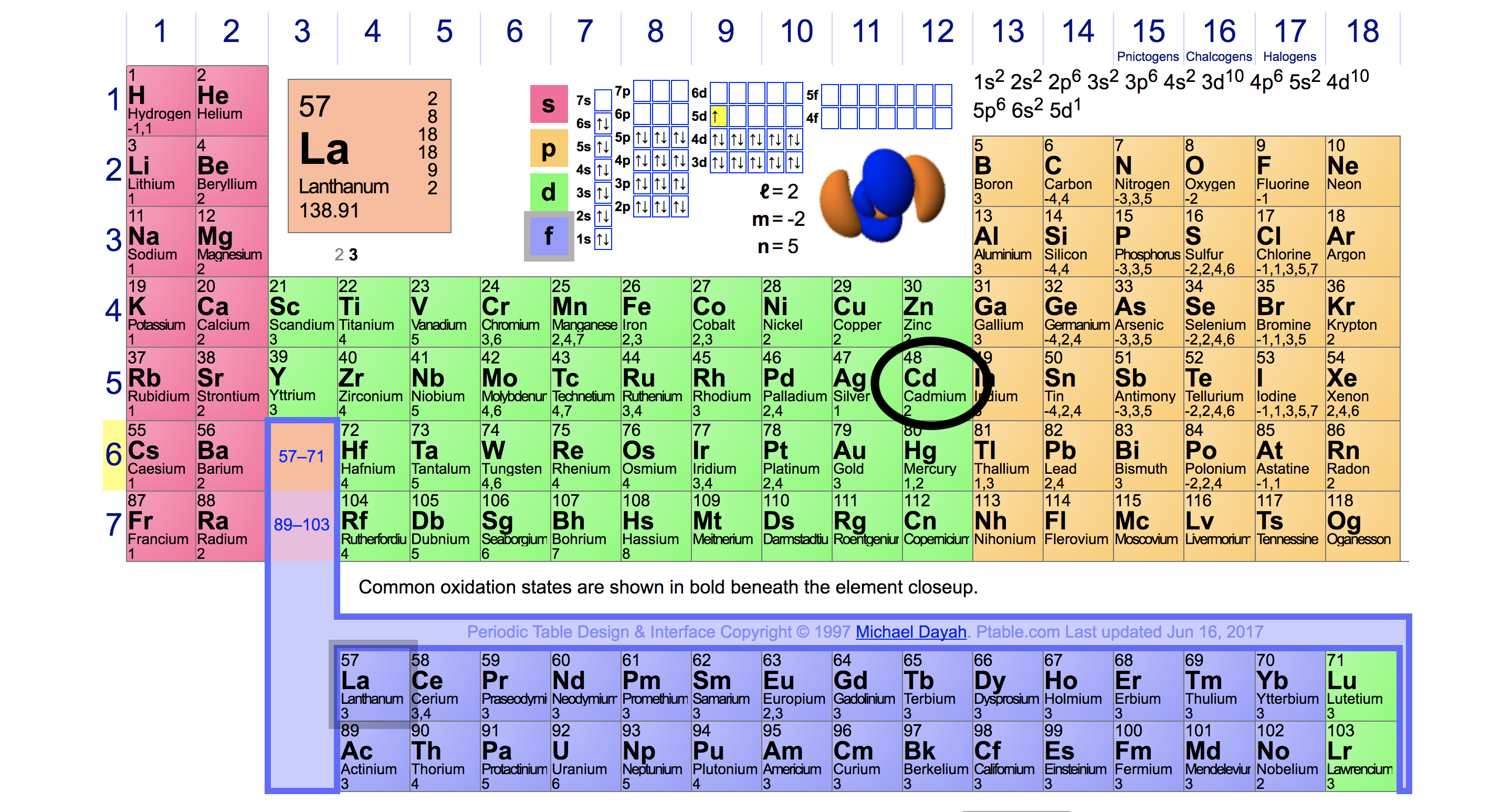- How Many Valence Electrons In Selenium
- What Is Valence Of Electrons
- How Many Valence Electrons Are In Se
- How Many Valence Electrons Does Se Have
Se has 6 valence electrons, but if you add the ion Se2- you're going to be gaining 2 electrons, in which you'll have 8 valence electrons. Some books and dictionaries define valence electrons as 'outer shell electrons that participate in chemical bonding' and by this definition, elements can have more than 8 valence electrons as explained by F'x. Some books and dictionaries define valence electrons as 'electrons in the highest principal energy level'. This video explains the difference between the three types of electrons and demonstrates it in an example.Support us!: https://www.patreon.com/learningsimply. Valence electrons are the electrons in the outer energy level of an atom that can participate in interactions with other atoms. Valence electrons are generally the electrons that are farthest from the. A silicon atom has fourteen electrons. In the ground state, they are arranged in the electron configuration Ne3s 2 3p 2. Of these, four are valence electrons, occupying the 3s orbital and two of the 3p orbitals.
Also found in: Thesaurus, Medical, Acronyms, Encyclopedia, Wikipedia.Va·lence
How Many Valence Electrons In Selenium
(və-läNs′, vă-)va·lence
(vā′ləns) also va·len·cy(-lən-sē)n.pl.val·lenc·es also val·len·cies1. Chemistry

valence
(ˈveɪləns) nValence
(French valɑ̃s) nWhat Is Valence Of Electrons
va•lence
also valency
n. 1.
Va•lence
(væˈlɑ̃s)n.
va·lence
(vā′ləns)| Noun | 1. | valence - (biology) a relative capacity to unite or react or interact as with antigens or a biological substrate power, powerfulness - possession of controlling influence; 'the deterrent power of nuclear weapons'; 'the power of his love saved her'; 'his powerfulness was concealed by a gentle facade' biological science, biology - the science that studies living organisms |
| 2. | valence - (chemistry) a property of atoms or radicals; their combining power given in terms of the number of hydrogen atoms (or the equivalent) covalence, covalency - valence characterized by the sharing of electrons in a chemical compound; the number of pairs of electrons an atom can share power, powerfulness - possession of controlling influence; 'the deterrent power of nuclear weapons'; 'the power of his love saved her'; 'his powerfulness was concealed by a gentle facade' chemical science, chemistry - the science of matter; the branch of the natural sciences dealing with the composition of substances and their properties and reactions |
valence
, valency
Want to thank TFD for its existence? Tell a friend about us, add a link to this page, or visit the webmaster's page for free fun content.
Link to this page:

Drawing the Lewis Structure for SeF4
Viewing Notes:
- In the SeF4 is Lewis structure Selenium (Se) is the least electronegative atom and goes in the center of the structure.
- SeF4 is Lewis structure with Selenium which can hold more than 8 valence electrons. Since there are seven Fluorine (F) atoms it will be necessary.
- You'll have a pair of electrons left over after filling octets of the F atoms. You can put these on the central Se atom.
- The Lewis structure for SeF4 has 34 valence electrons available to work with.
- It's a good idea to check the formal charges for your SeF4 Lewis structure to make sure they are zero.
See the Big List of Lewis Structures
Transcript: This is Dr. B. Let's do the Lewis structure for SeF4 Lewis Structure. Se on the periodic table is in Group Six so it has six valence electrons. Fluorine, seven valence electrons but we have four of those. So let's multiply that out ... six plus twenty eight equals thirty-four total valence electrons. We'll put the Se in the center and then the four Fluorine atoms on the outside, around it. So we've got thirty-four valence electrons. We'll put two between atoms to form the chemical bonds. So there's eight and then around atoms ... ten, twelve, fourteen, and thirty-two but I have thirty-four total.
How Many Valence Electrons Are In Se
So I can't really add any more to the Fluorines. But since Selenium is in period three, we can put the remaining two right here on the central atom. so by putting these last two valence electrons on the center atom we've used up all my valance electrons. We should clean it up a little bit ... And we're done with the Lewis Structure for SeF4.
How Many Valence Electrons Does Se Have
You could check the formal charges and if you did, you'd find out that they are zero for each one of those elements there making this the best Lewis structure for SeF4. This is Dr.B, and thanks for watching.
